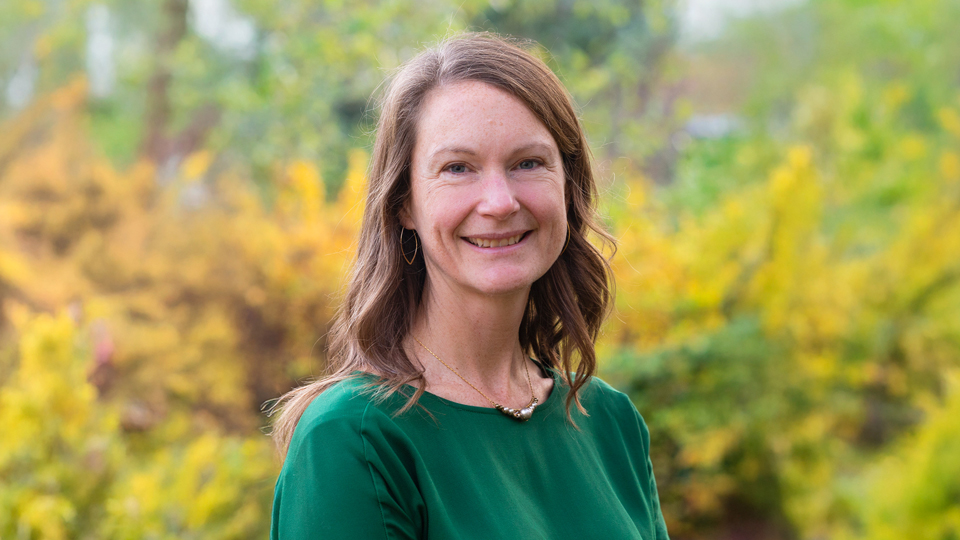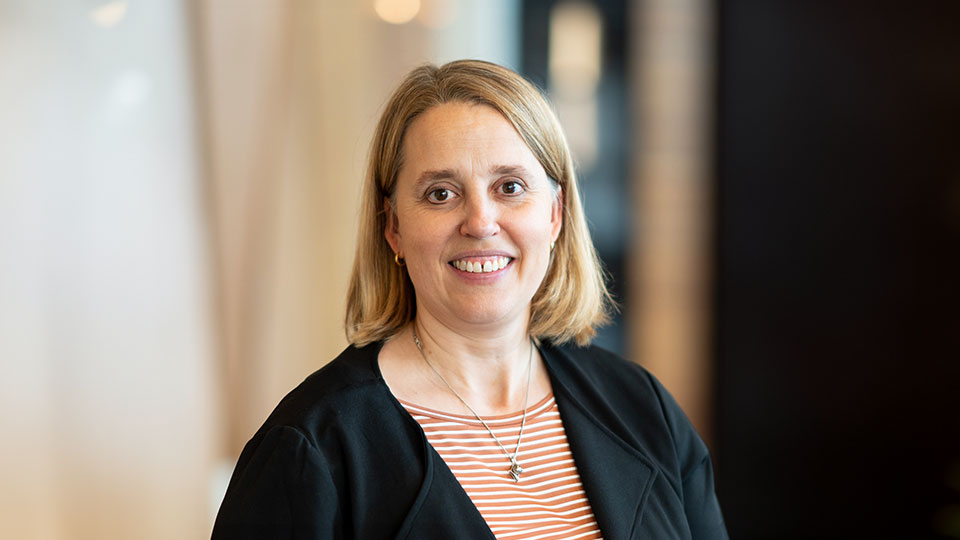
From his groundbreaking work on calcium channels and their role in brain disorders, to the launch of a BC-based pharmaceutical company, to his current role as co-founder and chair of the Canadian COVID-19 Genome Network virus project (CanCOGeN-VirusSeq), Dr. Terry Snutch has enjoyed a uniquely impactful, interdisciplinary career at UBC.
Recipient of the Faculty of Medicine’s 2021 Bill and Marilyn Webber Lifetime Achievement Award, Dr. Snutch joined UBC in 1990 and has made the Michael Smith Laboratories his home for more than three decades. He is the director of translational neuroscience at the Djavad Mowafaghian Centre for Brain Health, holds cross-posts as a professor in the departments of Psychiatry and Zoology, and held the Canada Research Chair in Biotechnology and Genomics-Neurobiology.
Recently, he talked about how he got his start as a scientist, the importance of growing the bio-innovation sector in BC, and the race to stay one step ahead of COVID-19 variants.
How did you get your start as a scientist?
I went to high school in Chilliwack, BC, and completed my PhD in molecular genetics at Simon Fraser University. This was the early 1980s, so molecular biology was a new field at the time.
After completing my PhD, I spent five years at CalTech as a postdoctoral researcher, where I led a team that developed novel methods for cloning genes expressed in the brain — ion channels and neurotransmitter receptors. We cloned the first serotonin receptor and I realized we could use this cloning strategy to study the role that calcium and calcium channels play in nervous system signalling. This would turn out to have important implications for understanding and treating illnesses such as migraine, epilepsies and neuropathic pain.
What has UBC meant to your career?
I joined UBC after CalTech, and I’ve been based at the Michael Smith Laboratories ever since. That’s thirty-one years! So UBC is my home and my inspiration. It’s here that I continued my work on calcium channels and their role in the nervous system, particularly brain disorders.
From these discoveries we laid the foundation for identifying new therapeutic targets that had not been appreciated before.
You were an early proponent of translational medicine.
That’s right. In the mid-to-late ’90s, I took the initiative to start a translational research effort and began designing drugs that would target the specific subtypes of calcium channels in the nervous system in order to treat neurological disorders.
From my research, I spun off a biotechnology company here in B.C. called NeuroMed Pharmaceuticals (later renamed Zalicus). Three of the drugs we designed made it to human clinical trials, including one for absence epilepsy and essential tremor that is in trials currently.
What are some of the lessons you’ve drawn from your experiences?
My translational experiences have convinced me of two things. The first is the superiority of a rational, bench-to-bedside approach to drug design. Taking the usual ‘needle in a haystack’ drug screening strategy just isn’t effective. I know from first-hand experience how much more effective drug development can be when we take a focused approach that translates research concerning the specific therapeutic target and its physiological roles and combines these with directed chemical synthesis and modeling technologies.
The second thing I’m convinced of is the importance of both growing and maintaining the bio-innovation sector in BC. We graduate many, many talented young scientists from UBC every year. Some will gravitate toward academia, others will want to pursue science outside the university. In order to keep them and marshal their talent, we need to create meaningful, well-compensated opportunities for them to live and raise their families here in BC.
Looking ahead, what are you most excited about?
I’m really looking forward to seeing my grad students and postdocs ramp back up to full speed with their projects on congenital migraine, epilepsies, chronic pain, addiction and brain injury. I’m also optimistic that with all the new technologies, chemistries and AI capabilities at our disposal, we’ll be able to move forward with a more effective, streamlined approach to translating brain research into drug therapies.
As for my COVID-19 work with CanCOGeN-VirusSeq, we’ve sequenced over a quarter of a million viral genomes to date, and importantly rapidly shared these data with provincial and national health decision makers. One big focus moving forward is tracking COVID-19 variants as they arise in, or are introduced to, Canada and how they spread within our mostly vaccinated population. This will help inform the development and distribution of boosters and second-generation vaccines aimed at ending the pandemic and crucially limiting further hospitalizations and deaths. Another focus is to develop and implement plans for better data sharing across the diffuse Canadian public health and academic landscapes.
What is your advice to younger scientists at the start of their careers?
Follow your interests. Pursue what you truly enjoy in science. If your passion isn’t bench work or publishing papers, many other opportunities — from intellectual property to tech development and beyond — await.
Published: November 2021


